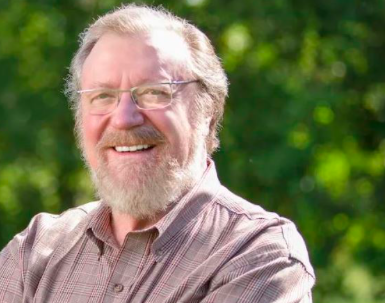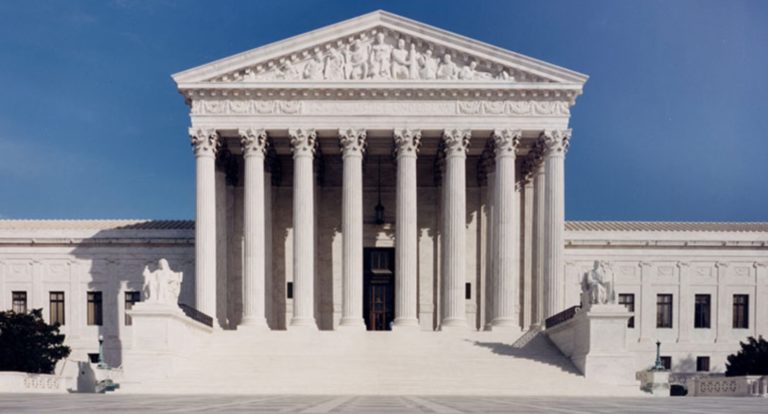By JIM CRAWFORD
We hear a constant barrage from folks who want to decrease the Alaska Permanent Fund dividend and reinstate the personal income tax.
With the price of oil going up, tourism roaring back and the corpus of the Permanent Fund growing 25 percent in the first ten months of FY2021, you’d think there would be room for optimism in today’s discussion. There is around the state, but a sour note blares by the Legislative majorities in the House and the Senate. Their latest gambit is to threaten folks to cut our dividend to $525.
Here is the math that effects this fiscal year’s PFD. The fiscal year ends June 30, 2021.
Beginning PFDC accumulated capital as of June 30, 2020, $65,302,000,200
Value June 17, 2021, $81,037,400,000
Increase over the last 11 months $15,735,400,000.
Admittedly, I use intake and exhaust accounting. You know: How much in? How much out? What is left? Just like when we do a home budget.
This year, $3.1 billion was drawn by the Legislature for more Jabba the Hutt spending. Most went to state spending. But that does not end the debate. That still leaves $13.1 billion left in the fund from past earnings to increase investments for future Alaskans. Add another $6.5 billion in covid fed funds and another $1 billion for next year. We received over $20 billion in spendable cash for Alaska above and beyond normal state expenditures.
The legislative leaders, however, have a different perspective. They voted to cap Permanent Fund distributions at 5 percent of the Fund, regardless of the actual earnings of the Fund. They got $3.1 billion and kept the rest. This year, the fund so far has earned 25 percent more than our beginning balance. Now, they use that POMV cap as an excuse to cut the dividend, again. Some even say we do not have the money. Shamelessly untrue. Government never has enough, it’s a bottomless pit.
If you had an overdraft of $1,000 in your credit union checking account and did not count the $1 million, you had in savings, you could be a Senate leader. That’s what the Legislature did last year when they had more than enough cash in the General Fund and Earnings Reserve Account to pay for the budget for this year but claimed we were broke. You can prove we have the money just as easily.
We can easily afford to pay out the full statutory dividends this year in 2021. I’ll take mine without a hint of greed or feeling of entitlement. These guilt trips are nuts. Alaskans made a good decision 40 years ago to save 25 percent of royalty income. We hire people to invest it for us and even agreed to allow the Legislature to spend 50 percent for government as long as the other 50 percent directly benefited Alaskans through the dividend. It’s private sector, capitalism driven, and a successful exercise in economics. Now, if the Legislature cannot accomplish our objectives, a Constitution Convention can.
The 5 percent percent of market value (POMV) cap is a statutory recommendation from one Legislature to the next and can be changed by a simple majority in both houses.
In Alaska, our Constitution says that we cannot dedicate funds without public assent. This means that the portion of the earnings reserve account with $11.3 billion on April 30, 2021, can fund the dividend. The statute on the books requires dividends be paid based upon earnings, cumulative and averaged for five years. The formulae worked for 40 years until the Legislature trashed it.
Last year’s POMV draw, which overran earnings, reduced the principal balance of the Fund by $998 million. Just check the financial statements of the Alaska Permanent Fund for Fiscal Year 2020. In investing, what counts is the earnings, not the balance in the Fund. Returning to an earnings requirement is the only way we can guarantee our grandchildren will receive an equitably shared, sustainable dividend.
Legislators now argue that they cannot adjust the cap they themselves created with the POMV. They obviously can, and they should. Our population in Alaska has shrunk. Our employment is on the mend but has a long way to go. Our people need cash to rebuild their lives and businesses.
The good news is that our state has more natural resources including cash on hand than any other state in the United States. Alaskans are unique that we saw the opportunity to invest our savings and turn barrels of oil into barrels of renewable cash. But legislative leaders demand more spending for government and smaller dividends for Alaskans.
In politics, I’ve heard the admonition: “Lead, follow, or get out of the way”. These legislators must get out of the way for Alaskans to prosper.
Jim Crawford is a third-generation Alaskan entrepreneur who resides in Anchorage with his bride of 37 years, Terri. Capital Alaska LLCis a capital funder which studies and reports on and may sponsor projects of sustained economic growth for the Alaskan economy. Mr. Crawford known as the Permanent Fund Defender was a member of the Investment Advisory Committee, appointed by Governor Hammond to plan and execute the Alaska Permanent Fund Corporation.










